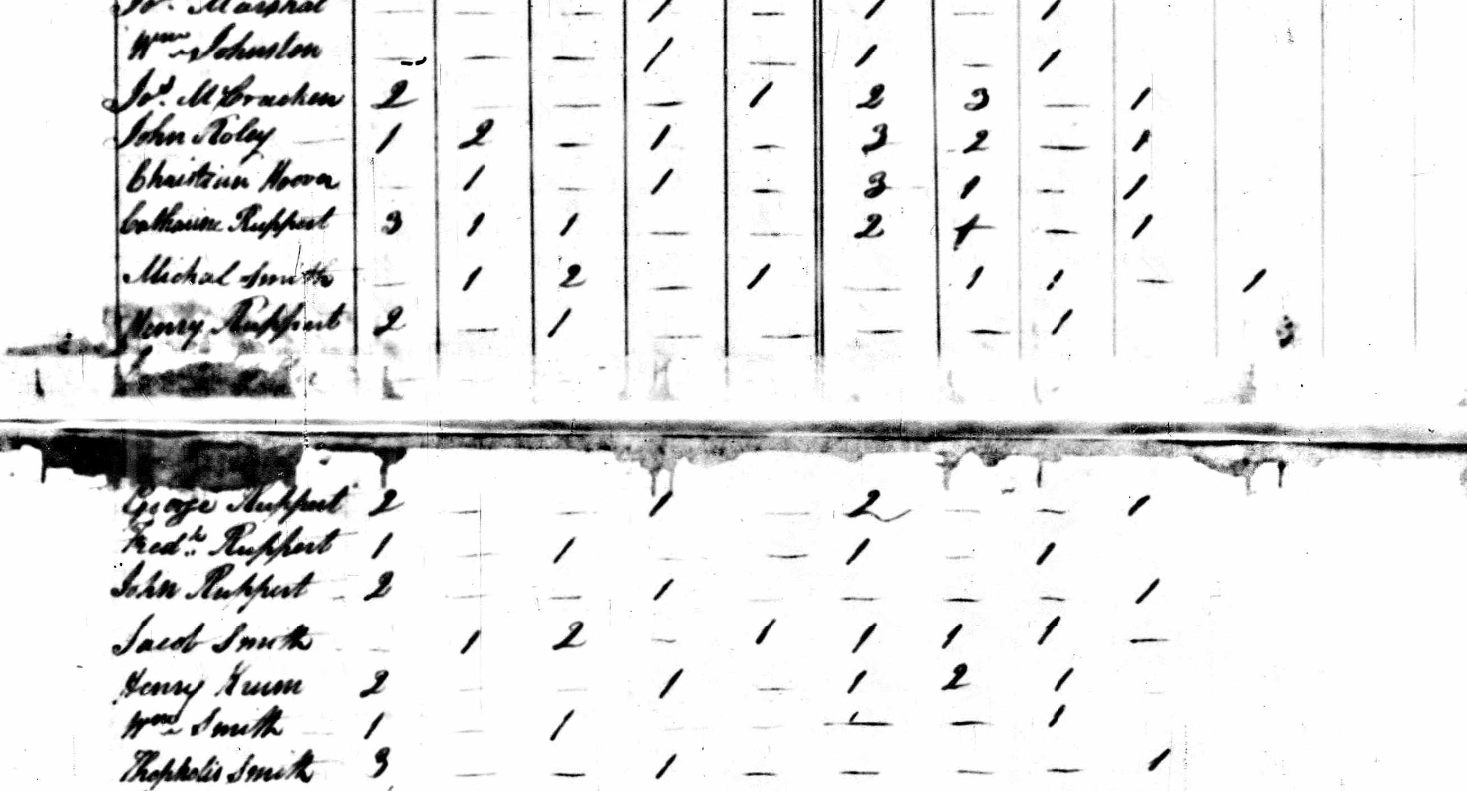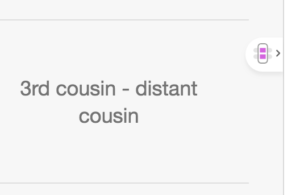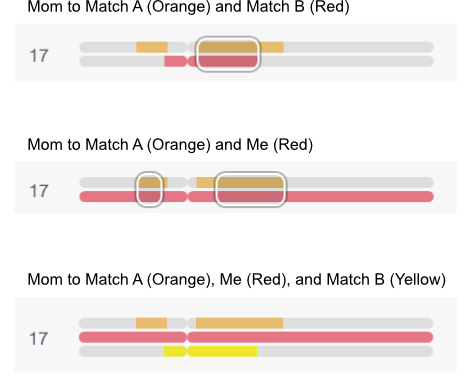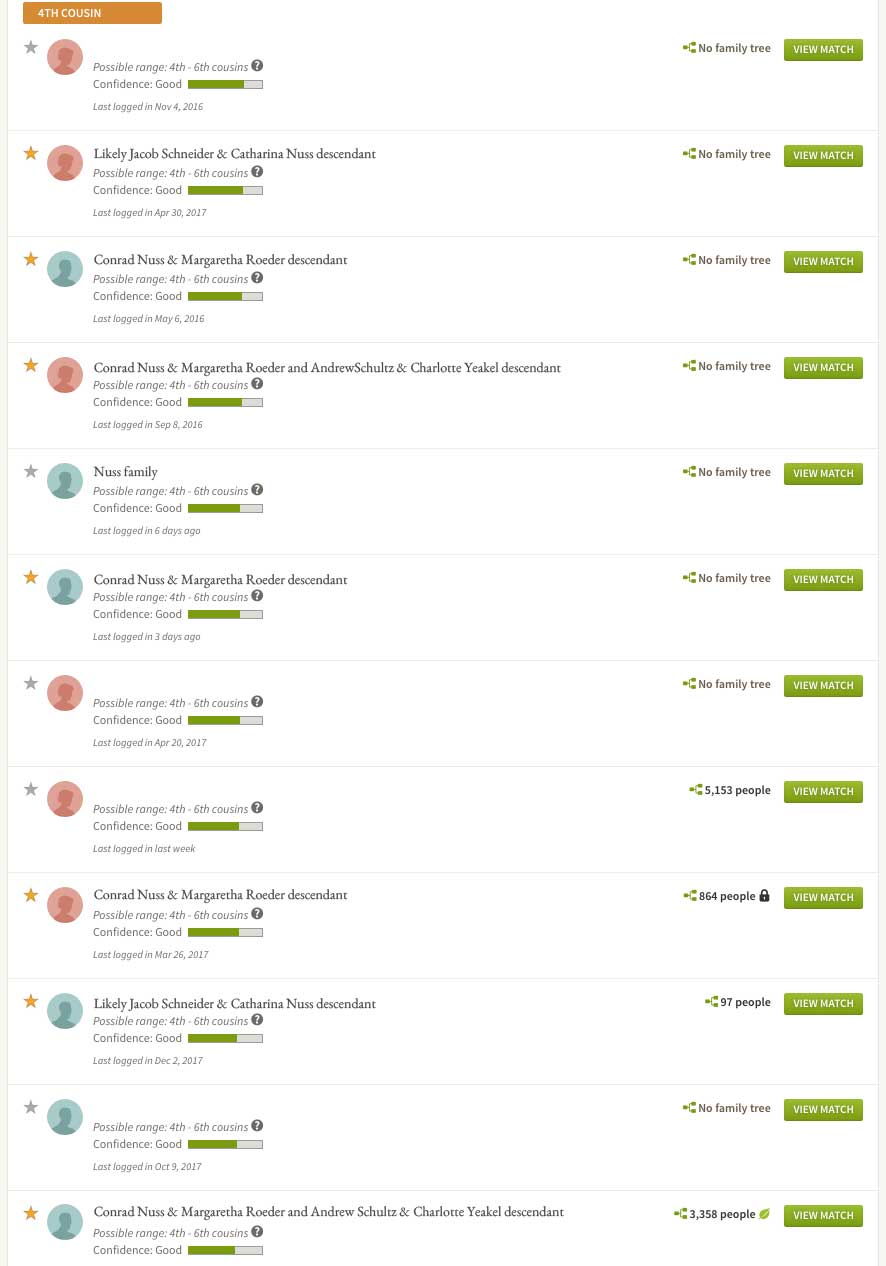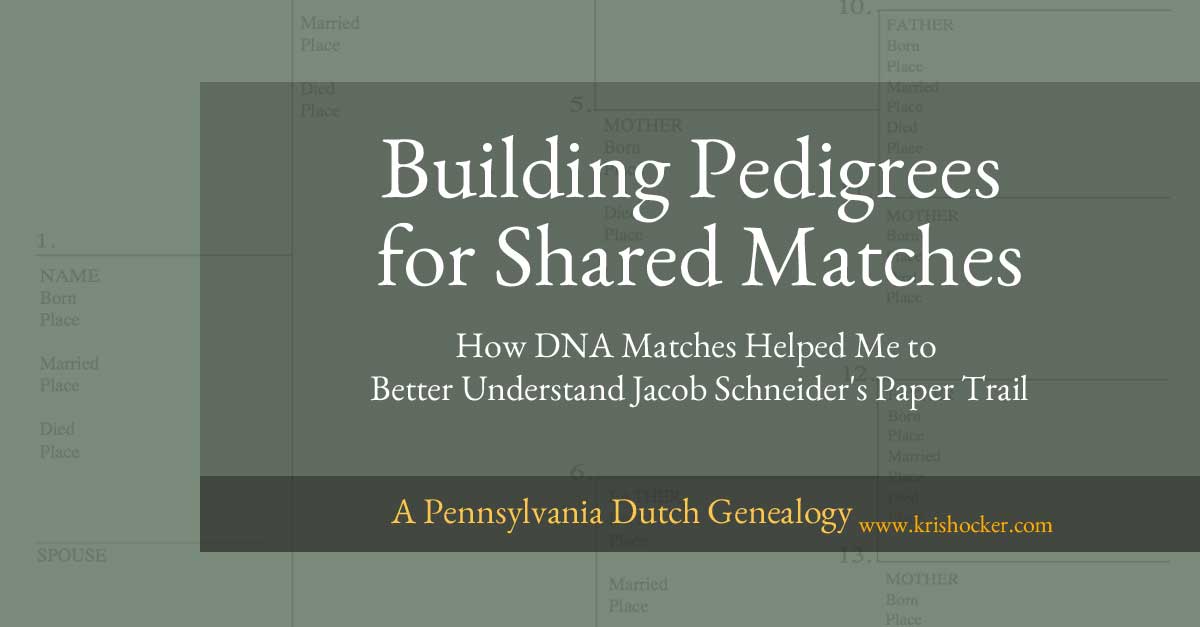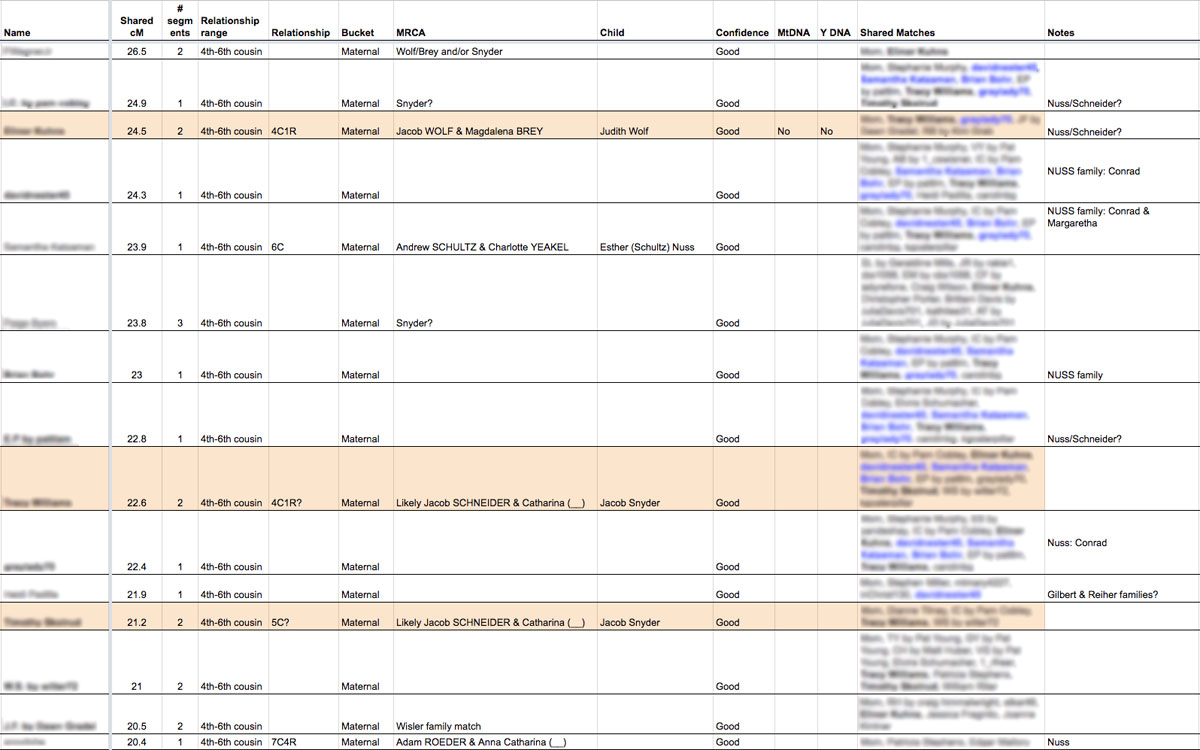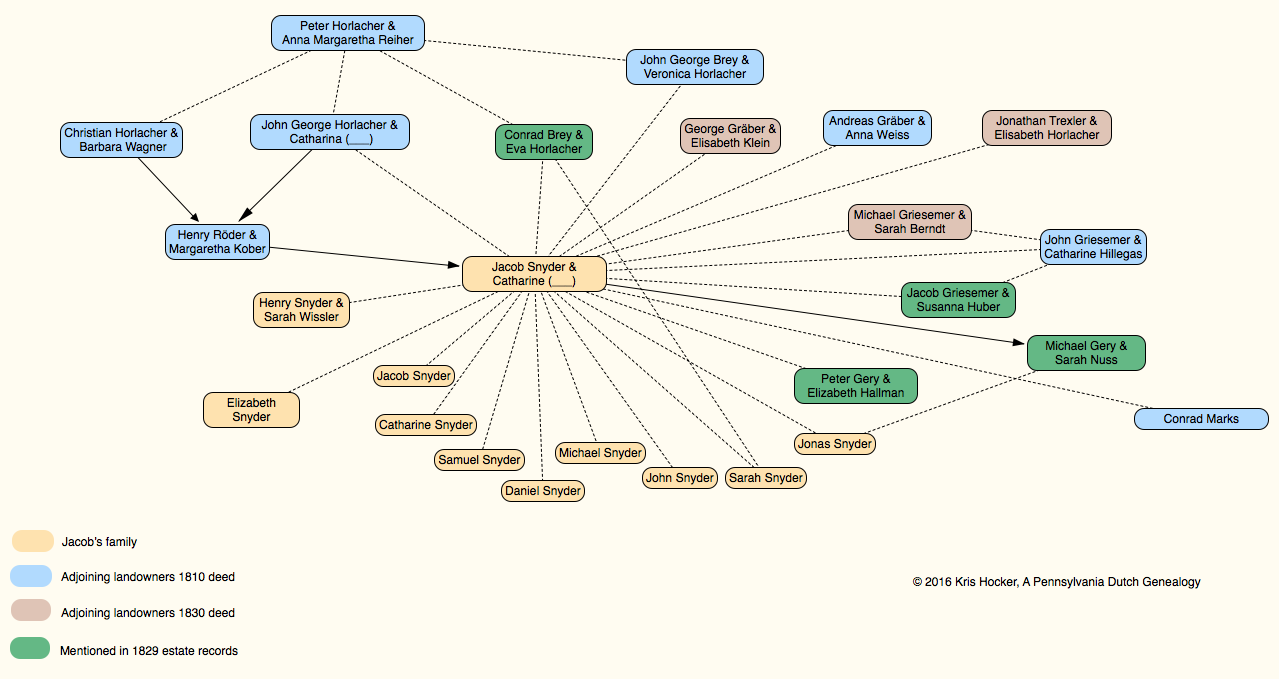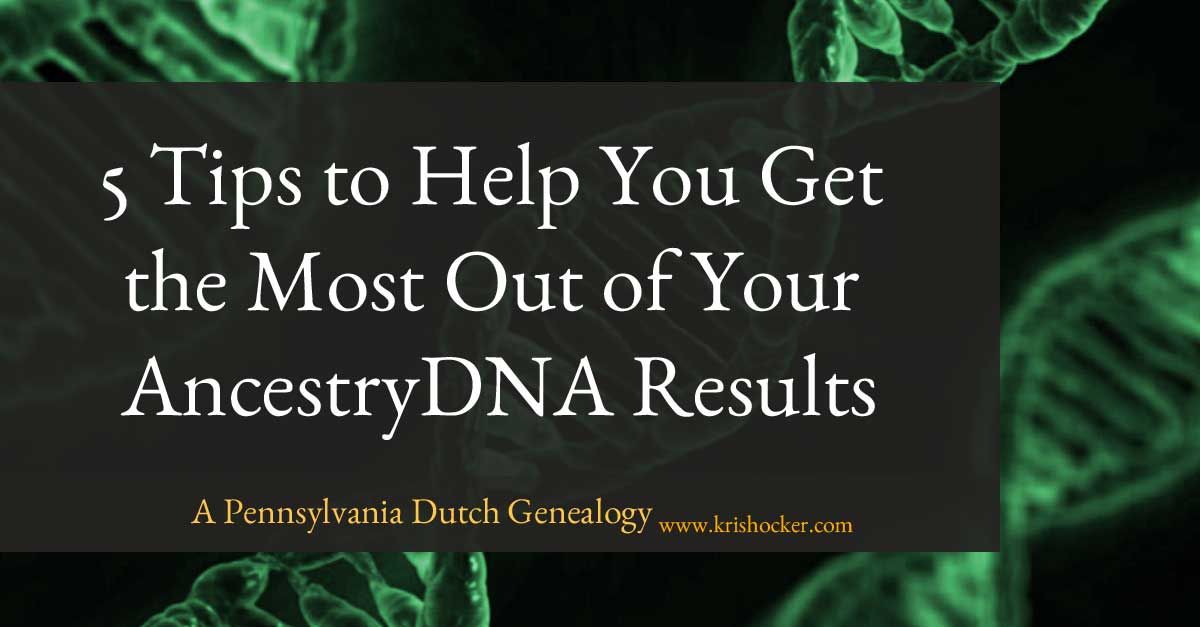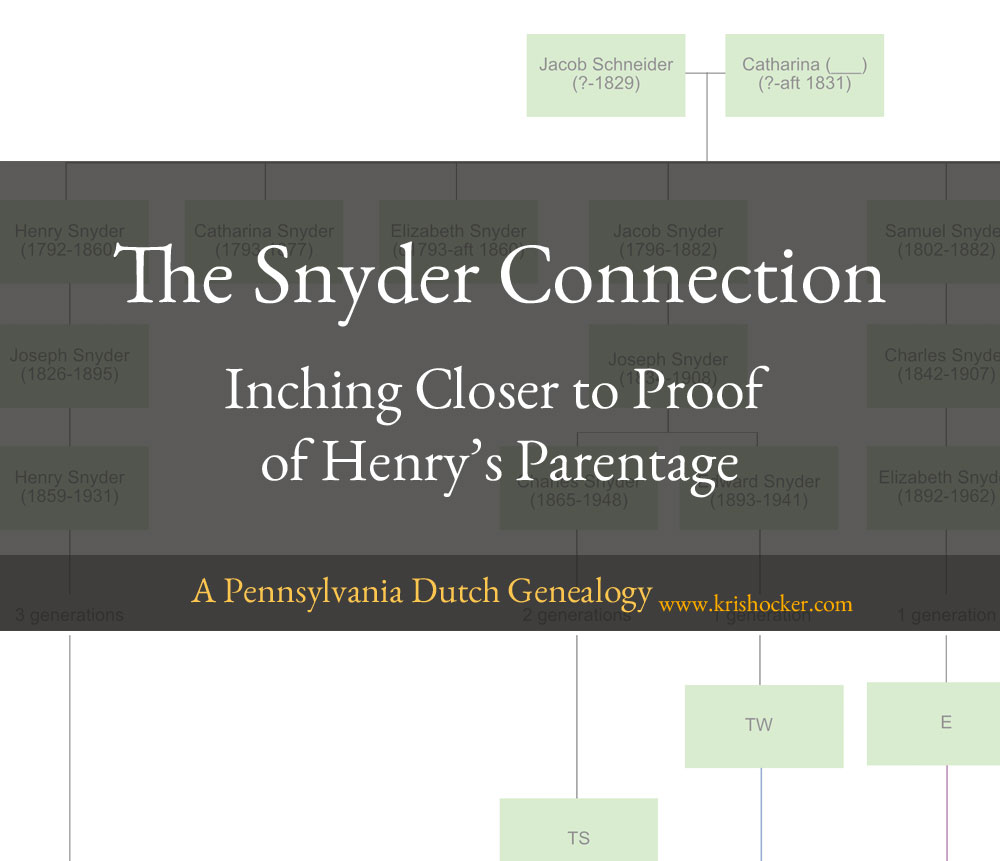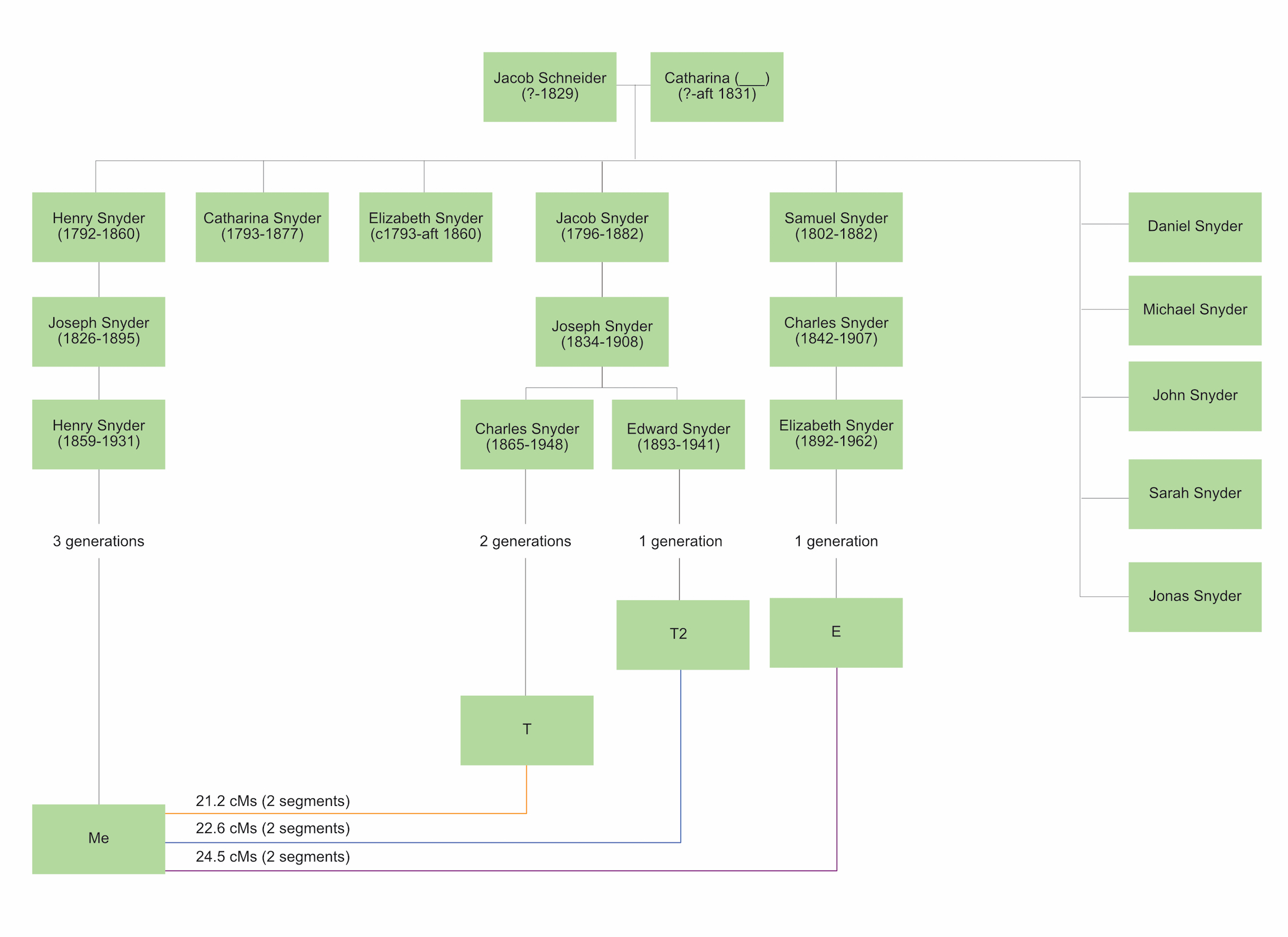The Rupert Family of Armstrong County Who Were They and How Am I Related to Them?
In going through my DNA matches I occasionally come across clusters of shared matches (matches who all seem to match each other). Sometimes I know how I am related to them, sometimes I’m able to tie them to a brick wall ancestor—as with Catharina (Nuss) Schneider, but more often I’m left with a bunch of “relatives” with no clue as to how we’re related.
Such is the situation I’ve found myself in with a cluster of matches who are all descended from the Rupert family of Armstrong County. Of the 25 or so in the cluster, about nine of them also match several of my known Hoover relatives. Christian and Caroline (Kinnard) Hoover were both born in Armstrong County, so this makes sense. But I’ve traced the Hoover line back to the immigrant Michael Huber and I’ve found nary a hint of a connection to the Rupert family.
What I have found is my Hoovers (and Thomas’ and Kinnards) living in close proximity to the Ruperts. Take the 1800 federal census enumeration for Buffalo Township, Armstrong County, Pennsylvania, for instance.
George and Christian Hoover are enumerated just above Peter Rupert.1 In 1810, George Hoover is listed fourteen lines after Peter Rupert Sr. and four lines before Peter Rupert Jr.2 Christian Hoover is enumerated with Catharine Rupert, Henry Rupert, George Rupert, Frederick Rupert, and John Rupert on the following page.3
The 1820 census is listed in alphabetical order, so it will tell us nothing about locational proximity, but in the 1830 census the Hoovers are near the beginning of Plum Creek Township’s list and the Ruperts near the end.4 Philip Hoover and Thomas Kinnard—Christian and Caroline (Kinnard) Hoover’s parents—are living near Charles Rupert, Philip Rupert, George Rupert Sr. and Peter Rupert in 1840.5 This trend continues in the following years for several of my Armstrong County families—Hoover, Kinnard, and Thomas.
So, who were these Ruperts? Is there a connection that can be traced backwards from Armstrong County to earlier locations?
The Ruperts
The Rupert family is fairly well documented online. The Armstrong County branches are actually descended from two Rupert men—Heinrich Peter Rupert and George Carl Rupert—who arrived in Philadelphia on 2 October 1749 aboard the ship Jacob. They both married and settled in Northampton County, Pennsylvania.
Each man had a son named Peter—Henry in 1755 and George in 1768. Peter (1755) married George’s daughter Elizabeth and Peter (1768) married Henry’s daughter Catharina. These two families both left Northampton County and immigrated to Armstrong County—first Peter and Elizabeth, then Peter and Catharina years later.
What’s the Connection?
My Hoovers came to Armstrong County via Westmoreland, Somerset and Dauphin counties, the Thomas family by way of Lancaster and Westmoreland counties, and the Kinnards by way of Philadelphia and Westmoreland counties. There doesn’t appear to have been a connection between these families, not in migration paths, nor in a pattern of interfamily marriage.
The DNA matches for whom I’ve been able to build trees can all be traced back to Peter (1755) and his wife Elizabeth through their children: Peter (1779), George (1780), Frederick (1784), Elizabeth (1785), and Jacob (1795). According to Ancestry’s estimates, these descendants match me in the 4th-6th and 5th-8th cousin ranges—so 5 to 9 generations back. Assuming, of course, that these estimates are correct and the DNA segments weren’t really passed along even further back.
The matching segments I share with these relatives range from 7.3 centimorgans to 34 centimorgans. Researchers estimate that about 40% of segments measuring 20 centimorgans date back nine generations.6
Unfortunately, cousin marriages abound in the early American Rupert generations. This elevates the likelihood that the DNA we all share is higher than usual for our actual relationship and the connection is further back than the estimated 6-10 generations.
George and Eva Elisabetha (___) Hoover and Garret and Maria Magdalena (___) Thomas were my 6G grandparents—eight generations back. Thomas and Maria (Fisher) Kinnard were my 4G grandparents—six generations back. If the connection is back eight generations or more I may not be able to find it. It is likely that it may not even be here in the United States.
Genetic genealogy can be very beneficial in confirming your research and aiding in identifying new areas of research. But sometimes, I’ll admit, it can be extremely frustrating, too.


